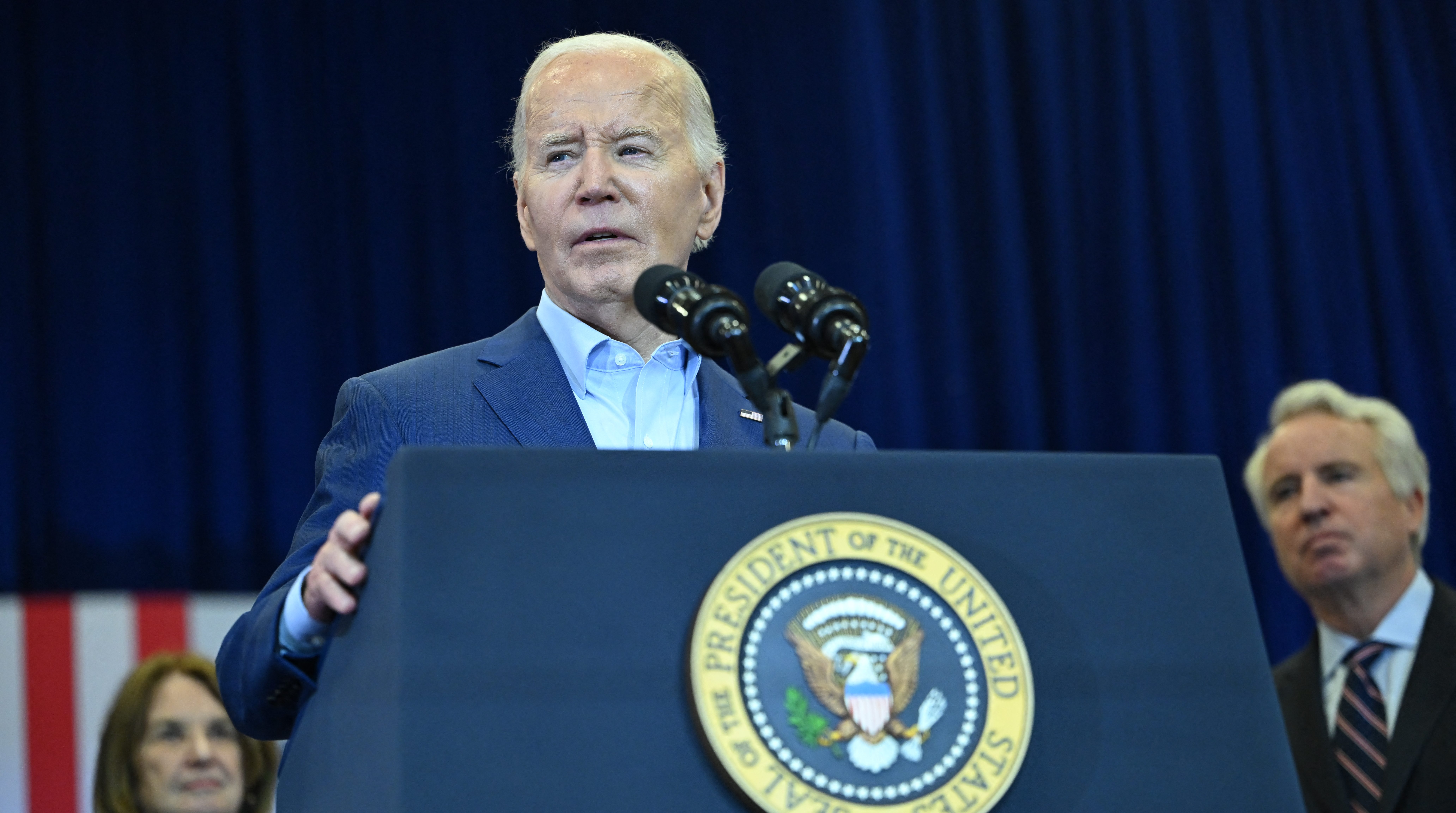The Food and Drug Administration says it is conducting new studies of the safety of caramel coloring in soft drinks and other foods, even though previous research has shown no identifiable health risk.
The agency's announcement comes in response to a study by Consumer Reports that shows varying levels of 4-methylimidazole — an impurity formed in some caramel coloring at low levels during the manufacturing process — in 12 brands of soda from five manufacturers.
The FDA says it has already studied the use of caramel as a flavor and color additive for decades and it has no reason to believe the coloring used is unsafe. The agency said it is also reviewing new data on the safety of 4-methylimidazole but did not say what that data is.
"These efforts will inform the FDA's safety analysis and will help the agency determine what, if any, regulatory action needs to be taken," said FDA spokeswoman Juli Putnam.
There are no federal limits on the amount of 4-methylimidazole, which the FDA says can also form in trace amounts when coffee beans are roasted or some meats are grilled.
The Consumer Reports study urged the agency to set a maximum level of the substance when it is artificially added to foods or soda, to require labeling when it is added and to bar products from carrying the "natural" label if they contain caramel colors.
"There is no reason why consumers need to be exposed to this avoidable and unnecessary risk that can stem from coloring food and beverages brown," said Consumer Reports' Dr. Urvashi Rangan, a toxicologist and lead investigator on the study.
U.S. & World
Though studies have not been conclusive about whether 4-methylimidazole is a carcinogen, California includes it on the state list of carcinogens and a state law mandates a cancer warning label on products that have a certain level of the substance. In reaction to that law, Coke, Pepsi and other soft drink makers have directed their caramel-color suppliers to reduce the levels of 4-methylimidazole. It is not found in all caramel colorings.
Over an eight-month period, the study found that single servings of two products purchased in California, Pepsi One and the beverage Malta Goya, exceeded the 29 micrograms of 4-methylimidazole that are the threshold in California but carried no warning. Consumer Reports has asked the California attorney general's office to investigate; a spokesman for the attorney general says the office is reviewing the request.
PepsiCo spokeswoman Aurora Gonzalez said the company is "extremely concerned" about the study and believes it is factually incorrect.
Gonzalez said the average amount of soda consumed daily by those who drink it is less than a 12-ounce can, so the samples actually do not exceed the limit of 29 micrograms a day.
"All of Pepsi's products are below the threshold set in California and all are in full compliance with the law," she said.
The drinks tested were Sprite, Diet Coke, Coca-Cola, Coke Zero, Dr Pepper, Dr. Snap, Brisk Iced Tea, A&W Root Beer, Pepsi, Diet Pepsi, Pepsi One and Goya Malta. Consumer Reports said there was no significant level found in Sprite, and consistently low levels were found in Coke products.



